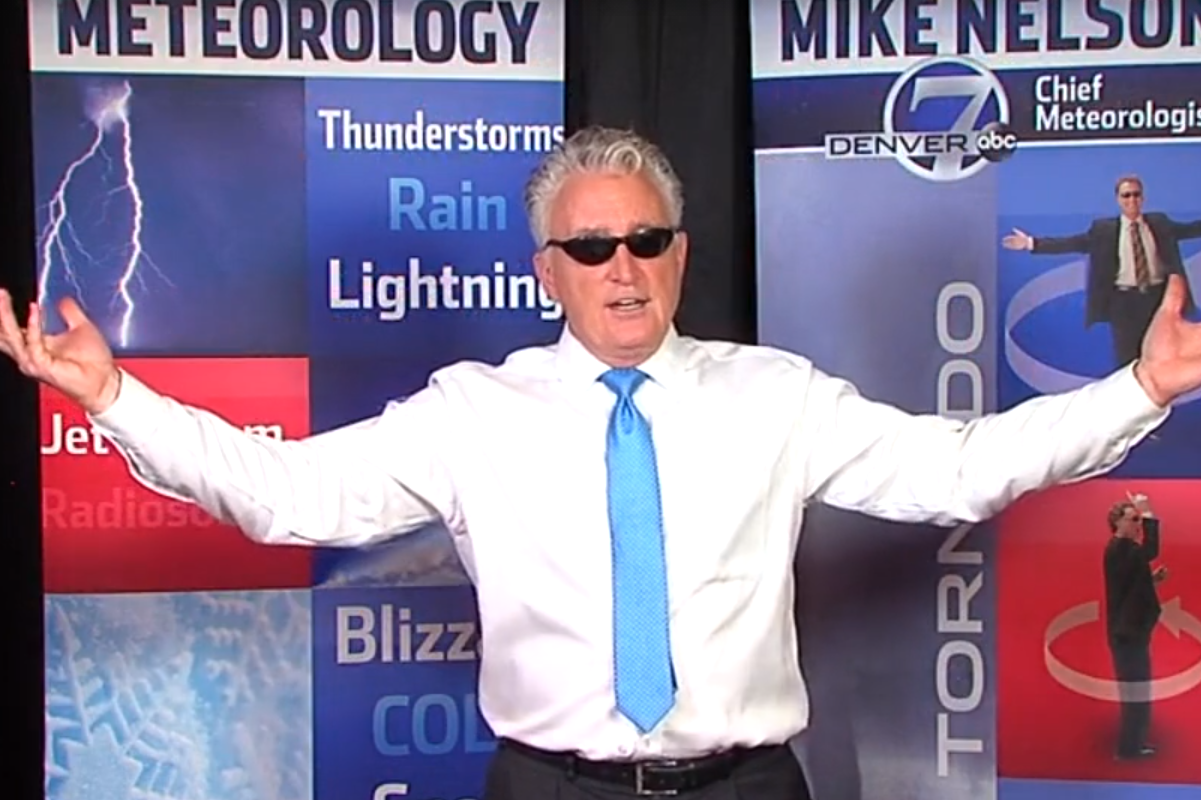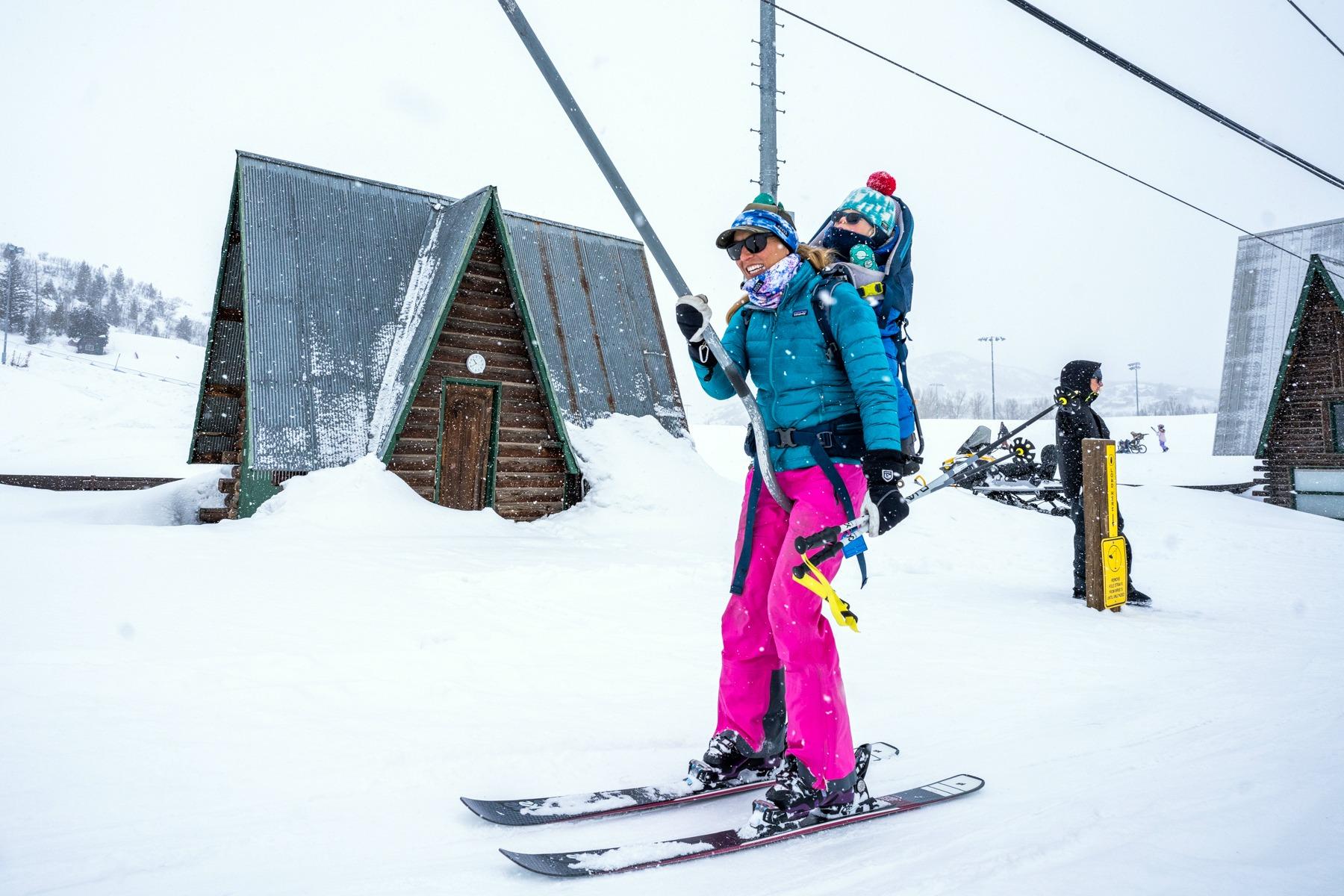
At just under 20 pages of text, Denver7 News chief meteorologist Mike Nelson's new book, "The World's Littlest Book On Climate: 10 Facts in 10 Minutes about CO2," feels more like a pamphlet.
"Most people are not going to spend the time to read a textbook about climate change," Nelson said. "Our goal with my two co-authors, Pieter Tans from [the NOAA Earth Systems Research Laboratories Global Monitoring Division] and Michael Banks, who is a local environmental writer, was to create something that would be a quick read, but give you important facts."
The book is broken down into 10 facts, like No. 3 — "It's Us: The Global Flood of Human CO2."
"We know that the increase [in CO2] that we're seeing is not from any other source than from the burning of fossil fuels," Nelson said, because CO2 has a chemical signature like a fingerprint, and scientists can determine where it came from.
Pre-pandemic, Nelson often does school visits to teach kids about weather. He now preforms his famous tornado dance virtually.
Nelson said he's starting to focus more on teaching climate change during his school visits.
"A lot of that has been in the last eight years since the birth of my first grandchild," Nelson said. "And realizing the changes that we're going to see are obviously going to affect that generation much more than my generation."
When Nelson talks to students, he uses the analogy that carbon dioxide in the atmosphere acts like feathers in a blanket that trap heat. At the end, Nelson holds up his smartphone and tells the kids he's hopeful.
"These phones have the power of a supercomputer did 30 years ago," Nelson tells the students. "Amazing inventions happen in my lifetime, even more amazing inventions are going to happen in your lifetime boys and girls. And you are the people who are going to create those things in the next 20 to 25 years, you're going to be changing the world."
Editor's Note: In the conversation on Colorado Matters, Mike Nelson misidentified the organization Pieter Tans works for. This story has been updated to reflect that Tans works for the National Oceanic and Atmospheric Administration.









